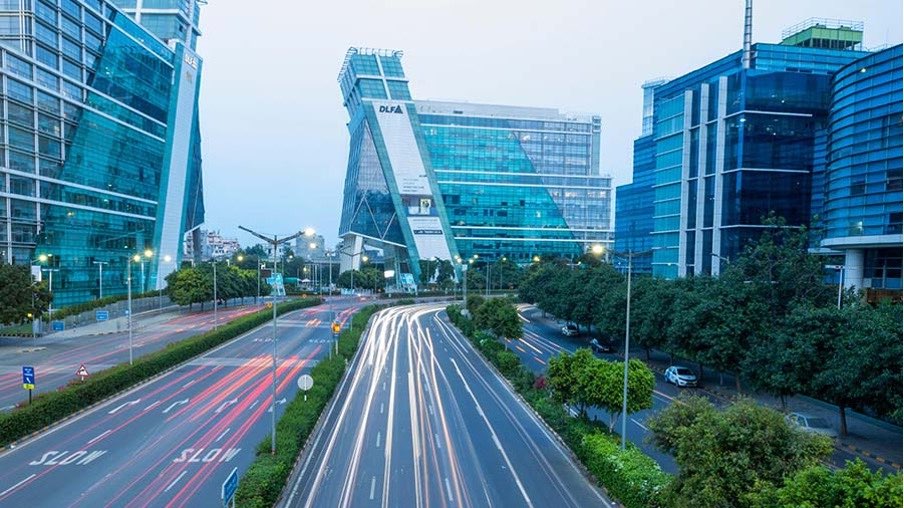Jeff Bezos, famously, said in a video which recently went viral on social media that “The 21st century is going to be the Indian century”, all of India’s recent developments herald extremely prosperous economic, infrastructural, and industrial turnovers. The annual report, World Economic Situation and Prospects (WESP) 2024 released on the 5th of Jan, stated that its economic growth is predicted to be 6.2% which is considered to be the highest of the entire South Asia.
Additionally, an exciting array of projects are planned to develop the country economically and infrastructurally, which could act as incredibly efficient machines to propel India toward speedier growth. These projects are a cumulation of brilliant ideas and strategies that may act as potential instruments that can propel India towards a stage of global domination, thus enabling it to live up to its true potential. Hence, this article intends to analyze all of the respective causes, consequences and ultimate potential of these projects in all of their respective realms.
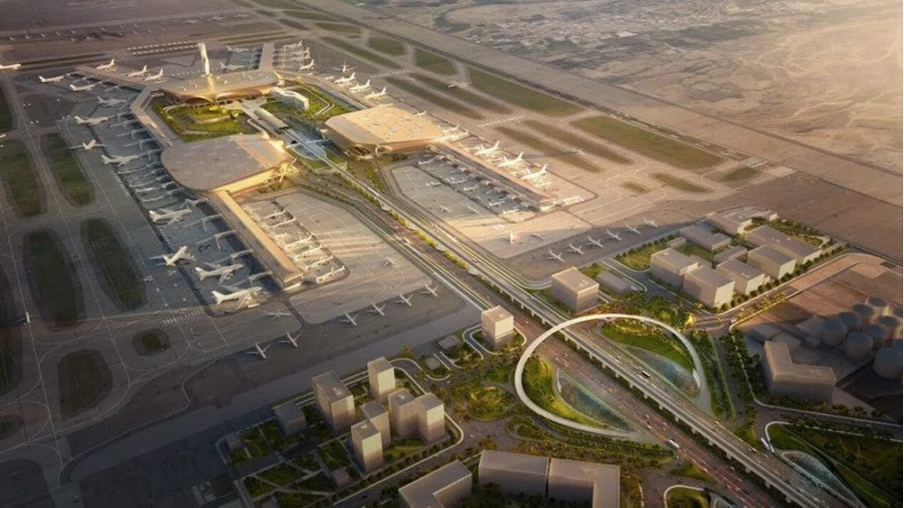
Mumbai
There are five major infrastructural projects planned for the year 2024, which once implemented, are likely to bring an incredible transformation in the country’s infrastructural and urban landscape. Namely, in two metropolitan regions- Delhi and Mumbai.
Atal Setu Trans Harbour Link
The development of the trans harbour link is underway in Mumbai. It will span 22 km approximately and is expected to be the longest sea bridge to ever be constructed in India. It will be establishing a link between Mumbai and Navi Mumbai which is scheduled to be inaugurated by PM Narendra Modi on January 12, 2024. However, the idea of building a horizontal bridge has been underway for almost a decade and has been classified as a regional development project, with a budget of 18 crore rupees. The primary economic benefits expected from the same are the cumulative development of Navi Mumbai and the development of the Rajgad district. Furthermore, it promises connectivity with the upcoming Navi Mumbai Airport and the economic development of the Navi Mumbai region.
Furthermore, the construction of the Navi Mumbai Airport is also underway. It is being developed and managed by Adani Holdings Ltd, and it is expected to address the infrastructural shortage in the Mumbai Metropolitan area. Moreover, it is expected to provide capacity to around 20 million passengers during phase 1 and will be near completion at the end of 2024. It is being constructed using the structural anatomy of several “phases” and should be able to cumulatively house around 60 million passengers and 8,00,000 tons of cargo. Its developmental cost is exactly 17,000 crore rupees.
Upon holistically analysing the long-term impacts of this development, the commuting time to and from Navi Mumbai to Mumbai can be reduced by approximately 83.33%, which will be 20 minutes travel rather than 2 hours. It will also establish connectivity to “third Mumbai” or NAINA (Navi Mumbai Airport Influence Notified Area)
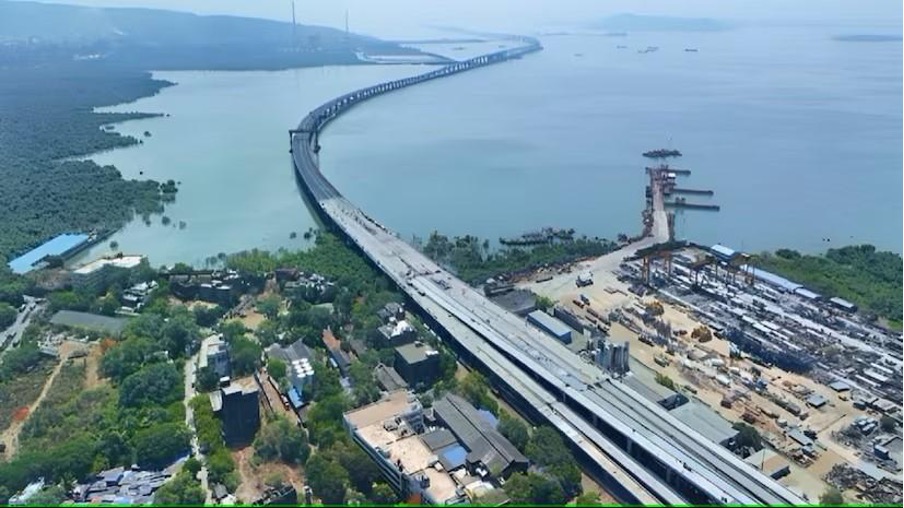
Aqua Line 3
Another project currently undergoing development is the Aqua line 3 of the Mumbai Metro networks, which is anticipated to be about 35km long and will run along the Colaba-Bandra-SEEPZ corridor as a centrally connecting hub for all the financial hubs such as Nariman Point, Bandra-Kurla-Complex, Fort, Worli, Lower Parel, Goregaon. Once completed, the underground North-south metro corridor will feature 27 interstage points and stations, all linked with Monorail, Versova Andheri Ghatkopar metro-1. It is expected to reach its full operational stage by April 2024. Mumbai Metro Rail Corporation Limited (MMRCL) is the primary organization which is helping in financially implementing the project, it is a joint venture between the Government of India and the Government of Maharashtra. Moreover, it has received funding from the Japan International Co-operational Agency (JICA). The MMRCL states that once implemented, it is expected to carry up to 16 lakh citizens every day. Hence, an extremely important travelling link in a very congested city.
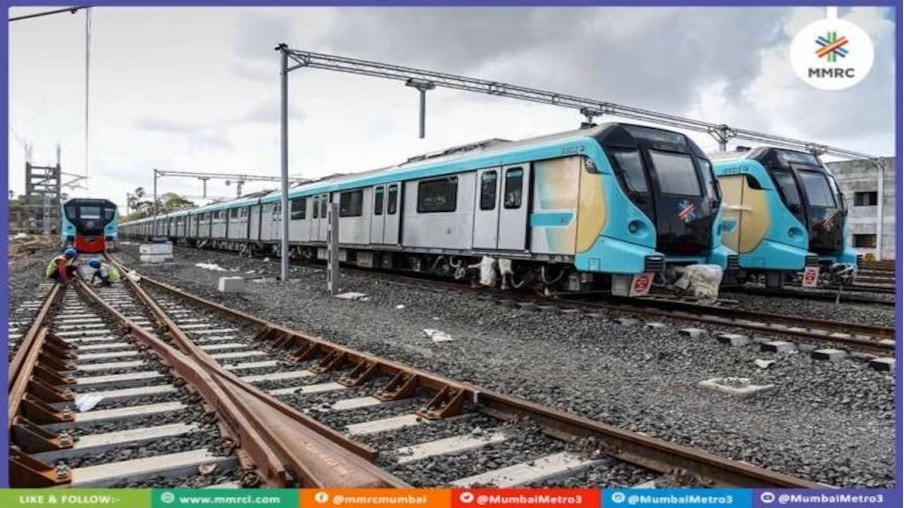
Gujrat
The Government of Gujarat has reportedly sanctioned a whopping budget of 48,763 crores to aid infrastructural development in the city, for the building of 2.84 lakh projects as such.
Gujarat has been amongst the most urbanized and modernized states in the past few decades, consequently, having a lot of potential for strong public infrastructure and civic amenities, which may be successfully implemented through innovative and futuristic ideas. Amongst a few successful implementations in the past are the GIFT City, Dholera SIR, and Surat Diamond Bourse.
Additionally, the Swarnim Jayanti Mukhyamantri Shaheri Vikas Yojana scheme which was brought into action while the current Prime Minister, Mr Modi, was the Chief Minister of the state, has successfully taken forward several initiatives, such as streetlight works, lake beautification projects, road works, water supply works and stormwater lines. It has just been extended up till 2026-27.
The government has recently increased the financial capacity of the scheme to accommodate a plethora of projects on traffic management, urban transport, ring roads and flyovers, libraries, hospitals, and sports complexes, alongside railway overbridges and underbridges.
Thiruvananthapuram
The smart city road works project in Thiruvananthapuram is expected to be completed by April 2024. According to Public Works Minister, P. A. Mohammad Riyas, the construction of the roads in the state capital under the smart city initiative will be completed soon, almost certainly by the end of April. According to the minister, the main intention of the project is to completely revamp the 38 roads selected by the Kerala Road Fund Board.
A significant amount of the budget allocated for the project is set to be put in a portion. According to the SCTL (Smart City Thiruvananthapuram Ltd), around 31 projects are already completed. However, a large part of their budget is yet to be used to successfully implement all of the 104 projects that were suggested.
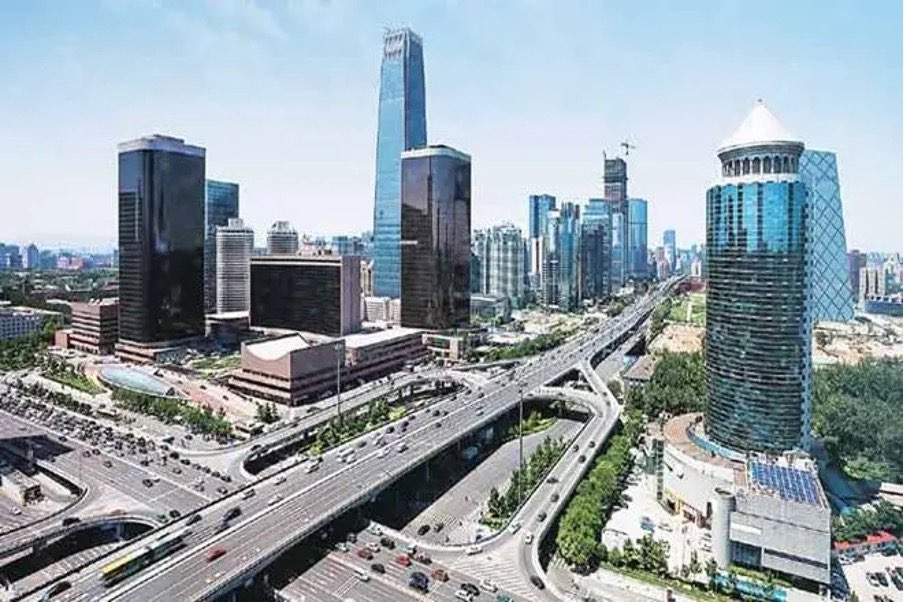
Delhi
In Delhi, Chief Minister Arvind Kejriwal gave his approval to the creation of an industrial hub spanning 147 acres of land in Rani Khera. The primary intention of this is to stimulate employment opportunities. According to the officials, service industries like IT and ITES are expected to be discussed in addition to the proposal. The land will be provided at concession rates for establishing industries, and post establishment, it has the potential to make capacity for employment for more than thousands of individuals.
Additionally, given its eco-friendly model, it is expected that it will generate little to no pollution as well. The CM has also proposed the idea of opening 32 shops and other commercial openings that are anticipated to function for 24 hours, shops of different categories:- sweet shops, restaurants, and departmental stores, in multiple regions.
In conclusion, it appears that most of these projects and implementations can lead to long-term improvement in infrastructural convenience, efficiency in travelling, and ultimate sound economic turnover and promise.
Written by – Aditi Singh
Edited by – Archi Agarwal

